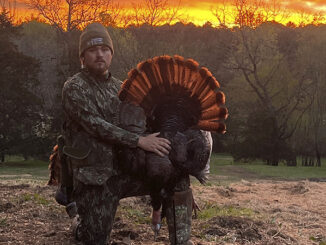
Trout will be transferred from another hatchery to offset vandalism-kill
Responding to the recent fish kill at the Armstrong State Fish Hatchery in McDowell County, the N.C. Wildlife Resources Commission has implemented a plan to meet goals for stocking numbers and size of catchable trout as scheduled in 2015.
The Commission lost 168,500 rainbow trout during an April 4 kill caused by vandalism attributed to three Marion residents who were arrested on April 9. The trout, which ranged in size from 5-10 inches, had been designated for stocking in 2015 and 2016.
The plan to meet stocking goals includes transferring 9- to 10-inch trout from the Bobby N. Setzer State Fish Hatchery in Transylvania County to offset part of the fish that were scheduled for stocking this year. The remainder will be made up by maximizing growth on fish that were being grown for 2016.
“We build a small buffer into our production plans each year as a contingency for events such as droughts or fish disease outbreaks,” said David Deaton, fish production supervisor. “The 50,000 trout we are transferring from the Setzer hatchery to Armstrong represent the majority of this buffer. Utilizing these fish at this point means that we no longer have the capacity to overcome any environmental issues that happen during the summer.”
Last week, the Commission purchased 150,000 rainbow trout eggs from a commercial producer to make up the fish that were scheduled for stocking next year. The Commission also is evaluating additional options.
“The Commission has been overwhelmed with all the support we’ve received after word got out about the tampering,” Deaton said. “We are very grateful to the McDowell County Sheriff’s Office for its diligence in this case and finding the offenders so quickly. We’re also grateful for the support from neighboring state and federal agencies and conservation partners like Trout Unlimited, who were willing to help by offering fish or contributing to the reward.”




Be the first to comment